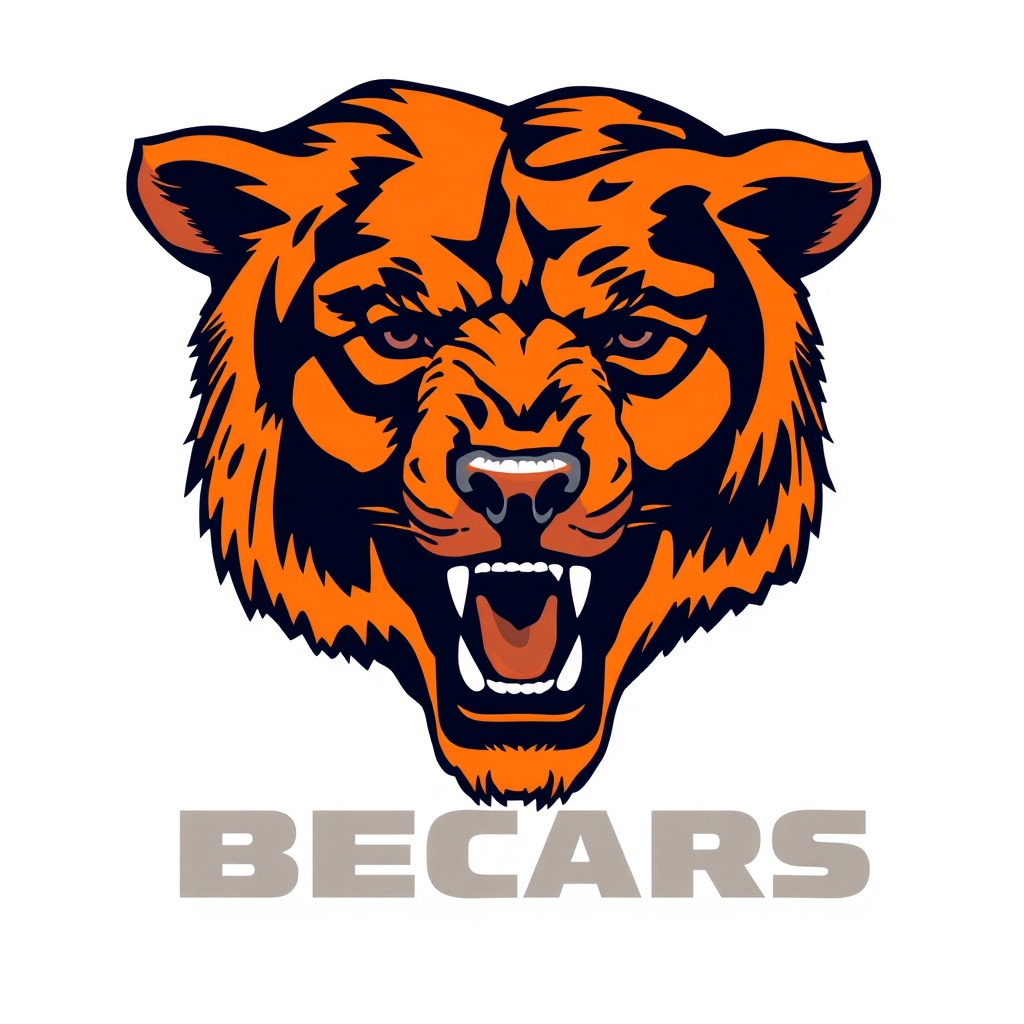Chicago Bears football is defined by a blend of history, passionate fans, and a recurring focus on defense. For followers who want to understand where the franchise is headed, a handful of clear storylines offer the best lens for watching progress and predicting outcomes.
Identity and philosophy
The Bears’ identity has long been tied to a physical, bend-don’t-break defensive mindset and a run-first offensive approach.
That DNA still influences roster construction and coaching hires: Nashville-style toughness along the line of scrimmage, an emphasis on generating pressure without heavy blitzing, and valuing reliable ball control on offense. Expect front-office moves and game plans to reflect that underlying philosophy as the organization balances tradition with modern NFL trends.
Quarterback development and decision-making
Quarterback stability remains a central question for long-term success. The team’s ability to develop a passer who can execute a contemporary scheme — including quick reads, movement, and play-action execution — will shape every other roster decision. Off-season quarterback work, preseason reps, and early-season game scripts reveal how much trust coaching staff places in rapid-read passing versus conservative, run-heavy plans designed to protect a young signal-caller.
Offensive line and running game
Investing in the offensive line is a low-risk way to improve wins.
A sturdy line boosts the running game, extends quarterback windows, and reduces turnover risk. Watch free-agent signings, draft picks dedicated to the trenches, and draft-day trades for clues about the priority placed on protection. When the rushing attack is consistent, the offense becomes more balanced and the defense faces shorter fields — both immediate advantages.
Pass rush and defensive playmakers
A productive pass rush changes opposing game plans and hides coverage limitations. Sack totals are useful, but pressure rate and the ability to collapse pockets are more revealing. Turnover creation — forced fumbles and interceptions — is another metric to monitor. The Bears’ defensive success usually hinges on a handful of high-impact playmakers who can flip field position and swing momentum within a single series.
Roster building: balance of youth and veteran leadership
Successful teams blend promising young talent with seasoned veterans who stabilize the locker room. Draft capital should be spent on foundational contributors: line play on both sides of the ball, versatile defenders, and a quarterback if one is not securely established. Free agency can supply experienced depth and mentorship, especially along the offensive line and in the secondary.
Coaching, culture, and continuity
Coaching continuity accelerates development. Systems take time to install, and consistent messaging from staff to players helps younger athletes grow. Pay attention to coaching hires, coordinator experience, and whether the playbook leans toward schematic complexity or simplification for quicker player mastery.
Fan engagement and home-field advantage
Soldier Field remains a defining element. Weather, crowd noise, and local enthusiasm create a unique environment opponents must navigate. Community engagement and game-day atmosphere contribute to a tangible home-field edge that can nudge close games in the Bears’ favor.
What to watch
– Preseason and early regular-season quarterback reps and play-calling tendencies

– Any moves prioritizing offensive- or defensive-line upgrades
– Pass rush pressure trends and takeaway totals
– Draft choices that indicate long-term positional priorities
– Coaching continuity and staffing moves
For fans and analysts alike, monitoring these threads paints a clearer picture of where the franchise is heading. Progress often appears incrementally — a reinforced line, a breakout defender, a quarterback’s improved decision-making — but those increments add up to meaningful change on the scoreboard.